Why School Lunches Are So Bad in the U.S. — And What They’re Like in Other Countries
Published March 9 2023, 3:00 p.m. ET
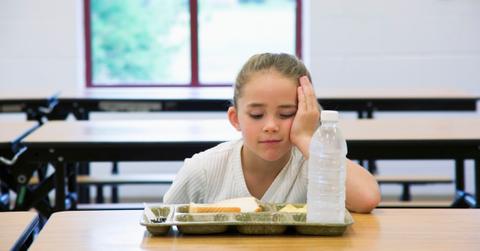
If you grew up attending public school in the U.S., you likely bought school lunch at least once. And if that's the case, you know just how lacking public school lunches can be. At the public school I attended in Connecticut, for example, a cafeteria staple was "Italian dunkers" — aka two bread sticks covered in cheese, with a side of red sauce. Though I enjoyed it at the time, I'm now aware it was far from nutritious or substantial.
There are a few reasons that may explain this nationwide phenomenon. It's an unfortunate way in which children across the country are disadvantaged, in terms of their health and education, overall. But when compared to school lunches in other countries, it makes you realize just how terrible they really are.
Here are a few reasons why school lunches are so lacking.
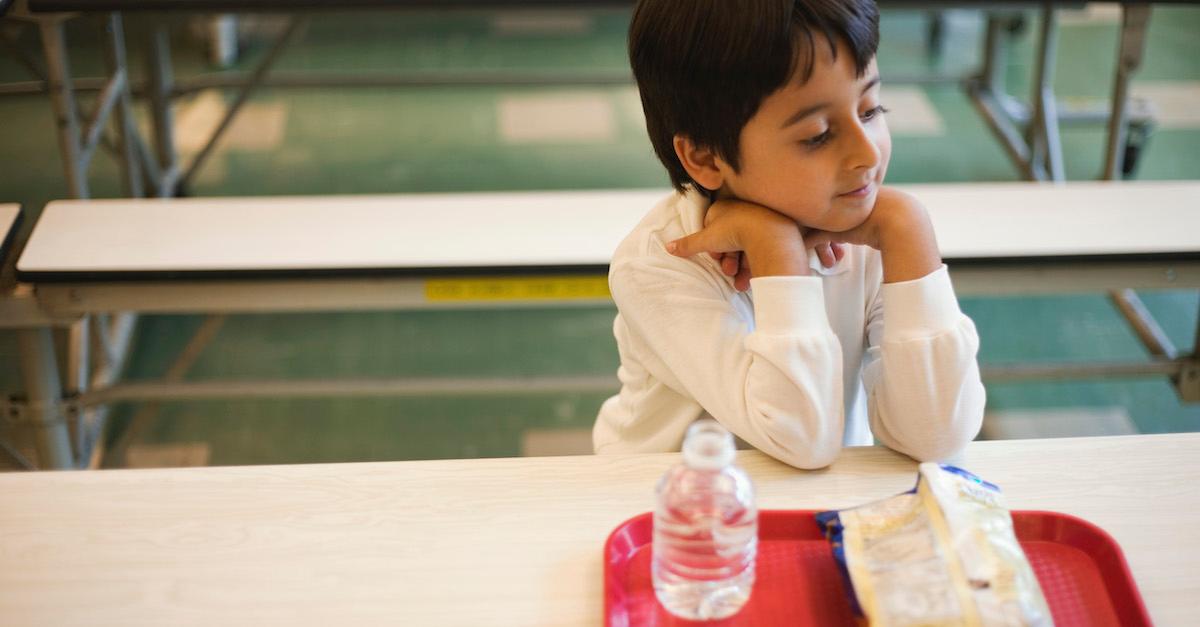
The school lunch budget is very low.
Nationwide, public school lunches are distributed by the USDA's Food and Nutrition Service (FNS). According to Food Revolution, over 100,000 public and private schools partake in the National School Lunch Program daily, and supposedly, each lunch meets the FDA's Dietary Guidelines for Americans. But are their starch-heavy meals with factory farm meats really nutritious?
Each school only gets about $1.30 to feed each child — and that doesn't only cover the cost of the food. It also covers the cost of labor, equipment, and electricity. So it comes as no surprise that they can only opt for low-quality foods, as opposed to fresh produce, quality proteins, and whole grains.
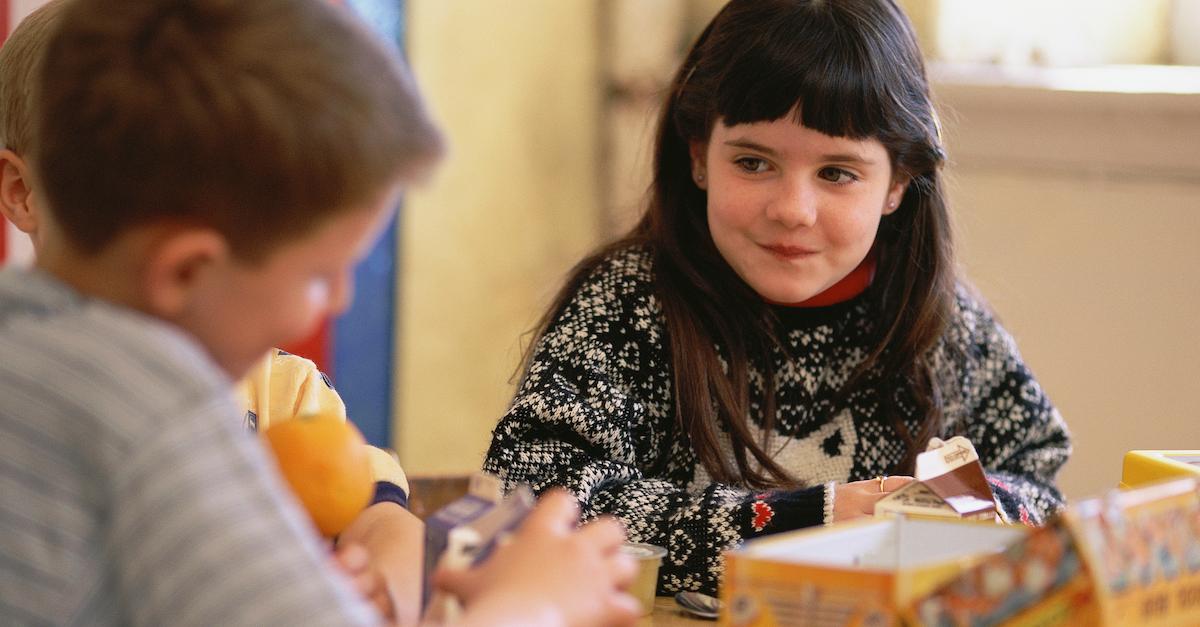
The Trump administration rolled back health requirements.
Unfortunately, former POTUS Donald Trump plays a role in this.
In 2018, the Trump administration rolled back nutritional requirements from the Healthy, Hunger-Free Kids Act of 2010 (HHFKA) that were set during the Obama administration. This led to state attorney generals from California, Washington D.C., Illinois, Minnesota, New Mexico, and Vermont to sue the Trump administration in April 2019, according to Scary Mommy.
No longer did schools have to serve whole grains and low-sodium meals — schools could revert back to serving white pasta and bread.
“Over a million children in New York – especially those in low-income communities and communities of color – depend on the meals served daily by their schools to be healthy, nutritious, and prepare them for learning," New York Attorney General Letitia James stated at the time, as per Scary Mommy.
Last month, though, the USDA announced they would be taking action to make school lunches more nutritious, by reducing the amount of sugar and sodium meal items contain, and by including more whole grains. So we really hope to see some major changes within the food department, sooner rather than later.
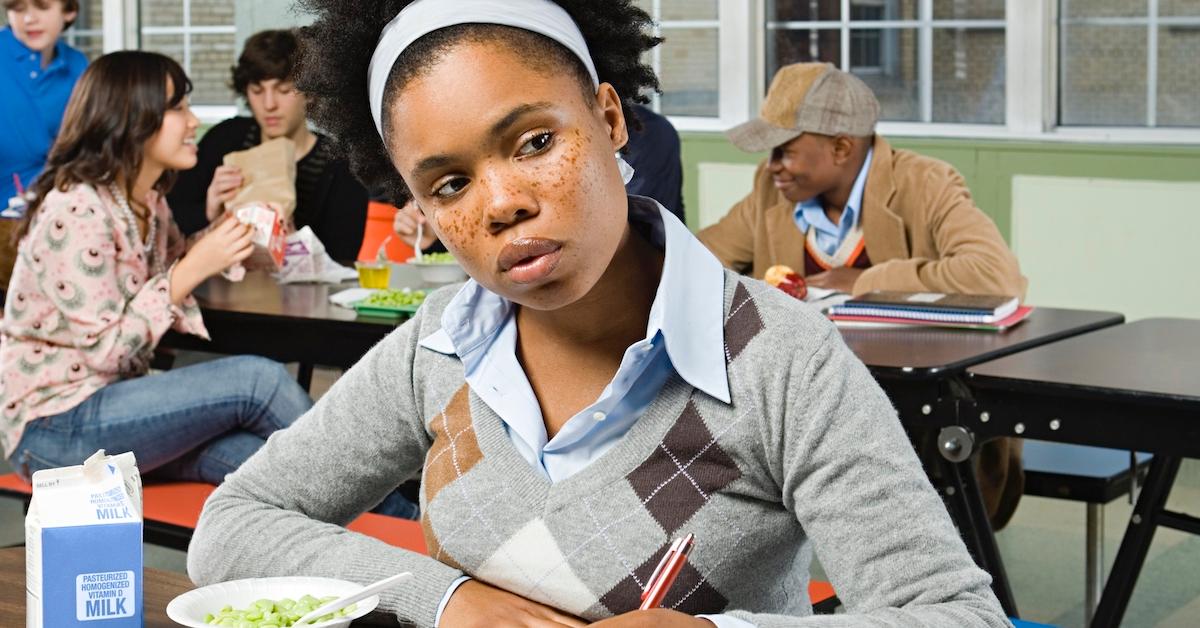
Suppliers use processed food and preservatives.
Because of the low budgets, rolled-back standards, and in order to have ingredients with longer shelf lives, school cafeterias often opt for processed foods that are high in preservatives. According to Public School Review, this is why many of the meals you see on lunch trays consist of shriveled hamburgers, browning iceberg lettuce, stale fries, and greasy AF pizza.
Some schools are independently trying to shy away from this, though. Per Public School Review, East Elementary School in Alton, Ill. is testing a pilot program, courtesy of the U.S. Department of Agriculture, that has students sample different fruits and veggies during snack time, to encourage healthy eating. Public schools across New York City were also testing Meatless Mondays for a while, in their cafeterias, to reduce emissions and provide better meals for the kids.
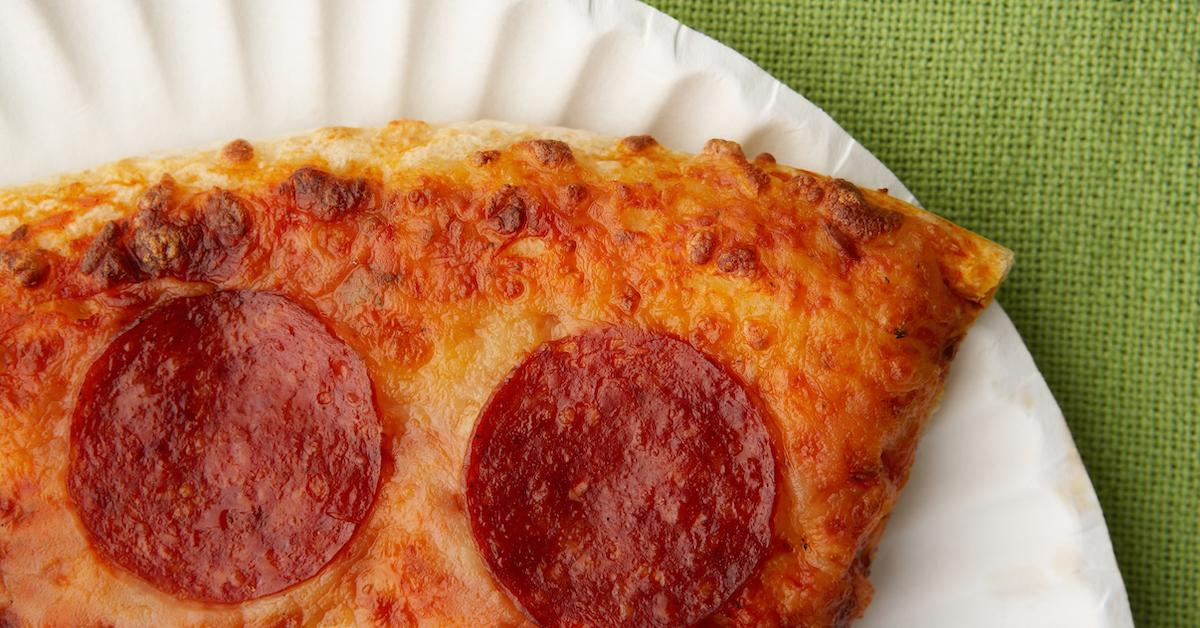
School lunches in other countries vs. America is... interesting, to say the least.
Students from other countries would be shocked — and horrified — to see what kinds of lunches American students are eating. But school lunches in other countries look pretty great.
Below are school lunches from Japan, Korea, Greece, and Finland that look so much more appealing than what our cafeterias are serving.